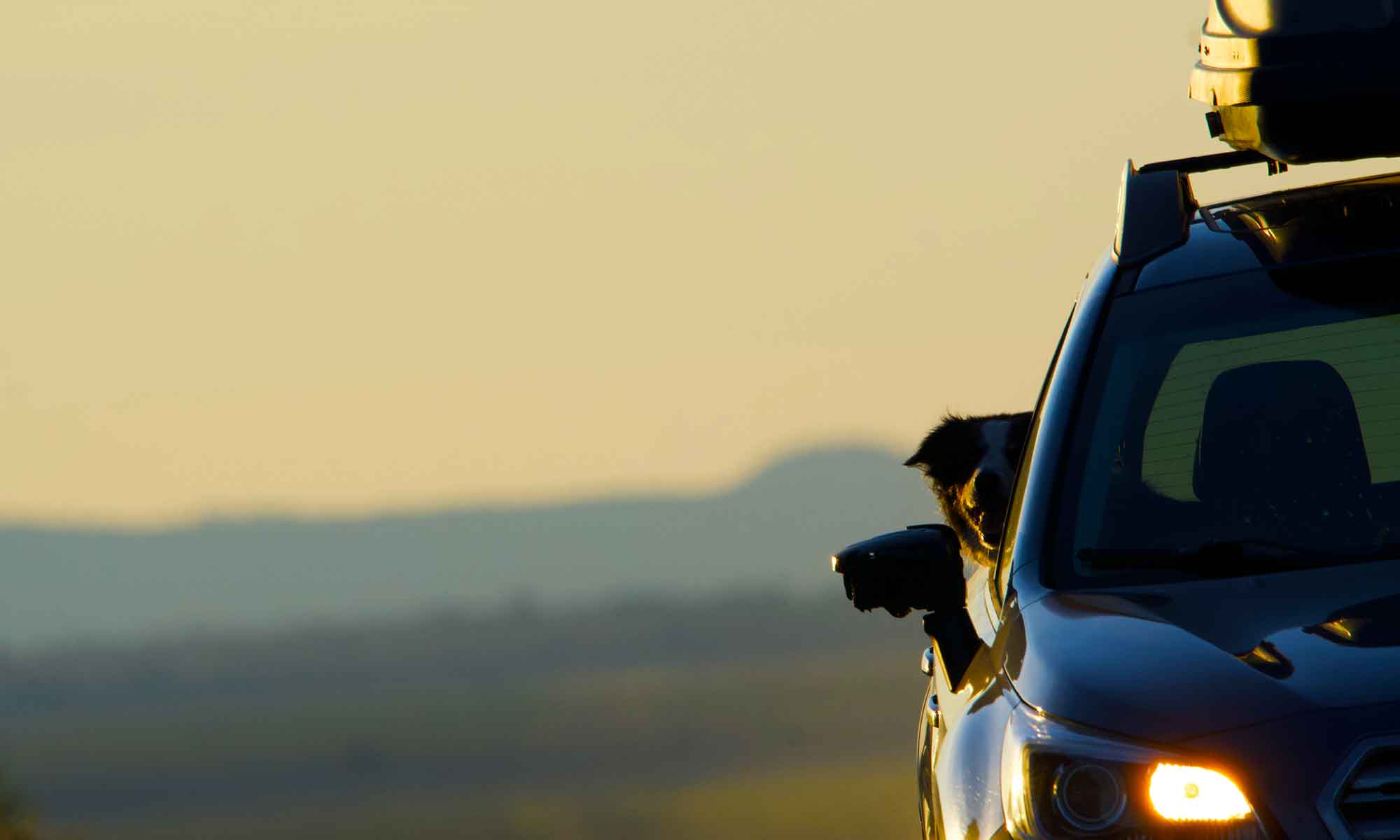
We put a lot of miles on the Subaru this week . . . kind of a Central Oregon tour.
Summer has come on with a vengeance, but the rivers are still running too high to fish. The alternative is checking on places where we will be fishing soon.

The Deschutes River canyon is dressed in spring colors . . . green and yellow. there are still a couple of weeks before the rafters take over. We hope we can work in a fishing excursion before then.

The Crooked flow never really went down at the end of winter, so it is just now getting flow rates that allow fishing at all.
But this hasn’t stopped us from taking a picnic lunch stop at one of many great spots up there.

We even managed to get to the Lower John Day River, Cottonwood Canyon, Colton and Service Creek.
Again beautiful country, freshly greened for spring, but extremely high levels on the river.
In the end we did some birding around Abert and Summer Lake.
That proved to be a bit premature for the summer migration, but we managed some great bird images for the blog.

With the return of warm dry weather we’ll be getting out a lot more in the coming weeks.











































